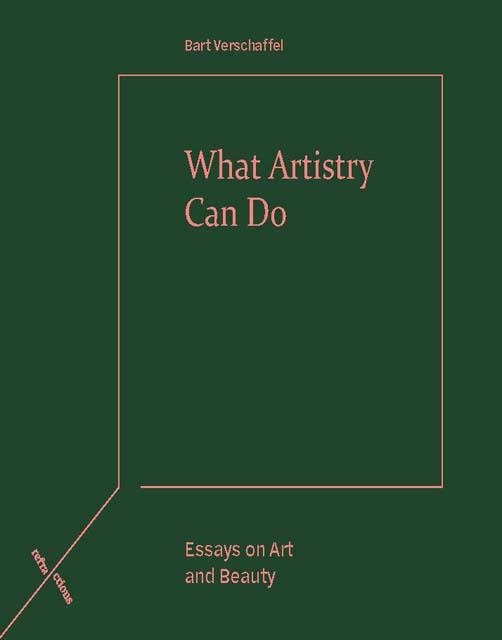10 - On Splendour and Modern Beauty
Published online by Cambridge University Press: 18 November 2022
Summary
Whether you come from heaven or from hell, who cares,
O Beauty! Huge, fearful, ingenuous monster!
If your regard, your smile, your foot, open for me
An Infinite I love but have not ever known?
From God or Satan, who cares? Angel or Siren,
Who cares, if you make, – fay with the velvet eyes,
Rhythm, perfume, glimmer; my one and only queen!
The world less hideous, the minutes less leaden?
(Que tu viennes du ciel ou de l’enfer, qu’importe,
Ô Beauté! monstre énorme, effrayant, ingénu!
Si ton œil, ton souris, ton pied, m’ouvrent la porte
D’un Infini que j’aime et n’ai jamais connu?
De Satan ou de Dieu, qu’importe? Ange ou Sirène,
Qu’importe, si tu rends – fée aux yeux de velours,
Rythme, parfum, lueur, ô mon unique reine! –
L’univers moins hideux et les instants moins lourds?)
Charles Baudelaire, ‘Hymne à la Beauté’Beauty is the key word of Western aesthetics. Beyond the aesthetic gaze admiring ‘autonomous beauty’, however, it is possible to detect other, archaic forms or ways of relating to the striking ‘first appearance’ of things – for example, ‘splendour’ or ‘brilliance’. Splendour stands for a surplus in the presence of things. This surplus resides in the fact that something ‘shows itself ‘, as if bearing in itself the condition of becoming visible. Splendour transforms and elevates the beautiful thing into an ‘appearance’ that detaches itself from its environment and stands out against the everyday. It sparkles or shines and is a source of light. Its glare is not a light that falls on things. It radiates from the inside out; it is not only seen but almost felt: it implies an aura. Splendour glorifies; it transforms an object into a sun, a source of light, and makes the beautiful magnificent: grand and rich, independent and sovereign. The beautiful radiates; it reaches beyond itself, and thereby intensifies its presence.
All premodern and traditional cultures use splendour as a sign and as an instrument of power. Mightiness cannot hide; being mighty requires making one's existence tangible where one is absent. Power must impose its presence by controlling and displaying force but also by displaying fullness and abundance, by showing off.
- Type
- Chapter
- Information
- What Artistry Can DoEssays on Art and Beauty, pp. 131 - 141Publisher: Edinburgh University PressPrint publication year: 2022



